DR Horton and LGI MISLEAD Buyers???
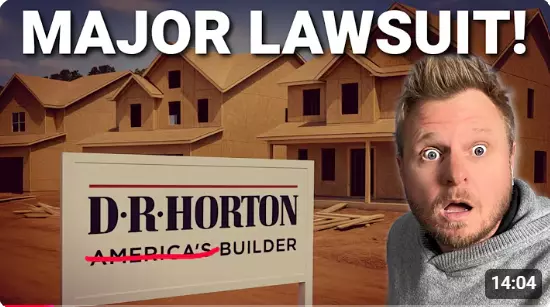
Are Homebuilders Using Deceptive Tactics to Mislead Buyers? Introduction Are homebuilders using deceptive tactics to lure buyers into bad deals? Two major investigations are shining a light on practices that if true could cost homeowners thousands. Federal lawsuits and media reports are now allegi
Read More-

Austin School Closures Could Reshape Neighborhoods and Property Values Something major is unfolding in Austin’s education system. AISD, one of the largest school districts in Texas, just announced plans to close 13 campuses and redraw 98% of attendance boundaries. Why AISD Is Closing 13 Schools A
Read More Austin’s $100 Million Question

Austin Property Taxes on the Rise: What You Need to Know Before Voting in November 2025 If you thought property taxes in Austin couldn’t get any higher, think again. The Austin City Council is proposing a $6.3 billion budget that could raise taxes for homeowners by as much as 20%, translating to $
Read MoreMajor Changes Coming to Austin, TX

Austin’s Future: The Massive Projects Reshaping the City Austin is gearing up for one of the biggest transformations in its history. Over the next few years, the city will change more than it has in the last decade, touching everything from the skyline to the suburbs, the airport, and even how we
Read MoreIs the Austin Housing Market Really Bouncing Back? August 2025 Market Update
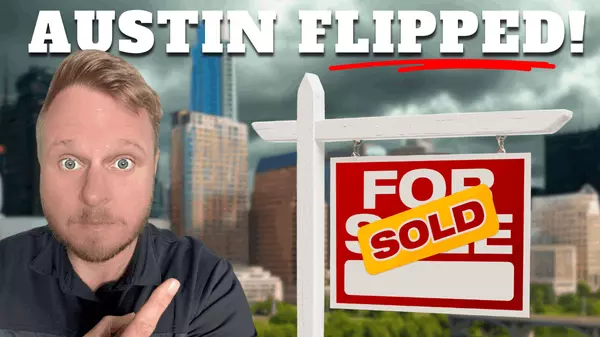
Is the Austin Housing Market Really Bouncing Back? August 2025 Market Update The Austin housing market is showing surprising signs of life following the Federal Reserve's recent rate drop. After months of slow growth and buyer hesitation, new data from August 2025 indicates a year-over-year price in
Read MoreCould a National Housing Emergency Be Declared? What It Means for Austin

Could a National Housing Emergency Be Declared? What It Means for Austin Is the U.S. housing market in such bad shape that the White House is seriously considering a national housing emergency? Emergency powers are normally reserved for natural disasters but they may now be applied to housing. Wha
Read More-

Texas Property Tax Relief Hits a Wall: What Homeowners in Austin Need to Know If you own a home in Texas or are planning to buy one there are recent developments in property tax legislation should be on your radar. Despite headlines about potential relief, property taxes in Texas just hit a signif
Read More Canceled! Austin Future Growth Projects Gone!
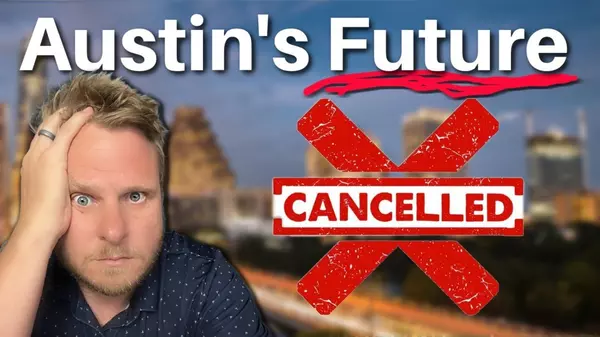
Austin’s Billion-Dollar Dreams: The Projects That Quietly Disappeared Everyone loves to talk about Austin’s growth with the shiny new towers, Tesla, Samsung, the airport expansion, and the surge of data centers. But what about the projects that were promised and then… vanished? Here’s the reality:
Read MoreSellers Panic! Austin Market Flips AGAIN!
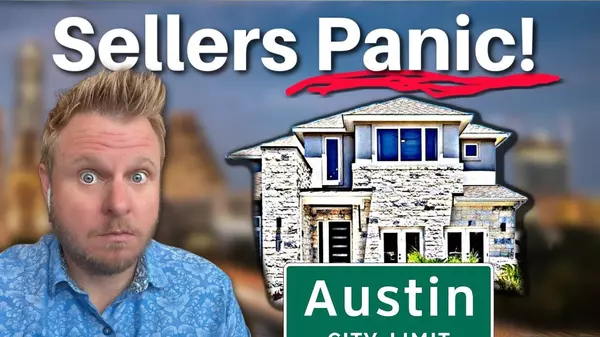
Austin Housing Market Update: Are Home Prices Going Up or Down? If you’ve been following the news lately, you might feel a little confused. Zillow says Austin home prices are down nearly 6% year-over-year. Meanwhile, the Austin American-Statesman reports prices are climbing. So which is it? I’m Je
Read MoreWhy MORE Buyers Are Canceling Home Contracts!
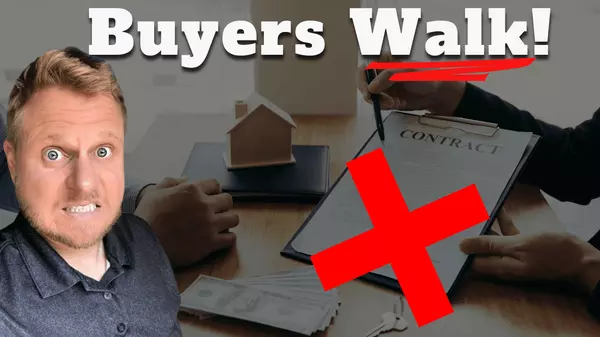
Why 15% of Home Sales Fell Out of Contract in July 2025. What Buyers & Sellers Need to Know In July 2025, more than 15% of home sales nationwide fell out of contract, the highest rate in years. If you’re a buyer or a seller, it’s important to understand what’s going on and how to protect yoursel
Read MoreAustin Property Taxes Set to Skyrocket in 2025
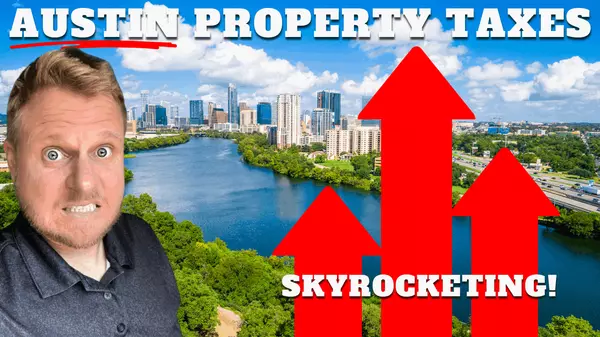
Austin’s affordability crisis is about to deepen. Home prices are down, mortgage rates are high, and now the city is proposing the largest property tax increase in two decades. Here’s what’s happening, why it matters, and how it could impact homeowners, renters, and the local housing market. 1.
Read MoreCheck Out What's Coming to AUSTIN!

Big Holes, Big Dreams: Updates on My Turn 11 Car Condo + What’s Coming to COTA Well, I hope this big hole in the ground isn’t a sign that my car condo is a money pit! Not that I think it is—but let’s be honest, it’s kind of funny that before we’ve even made progress above ground, we’ve already had t
Read MoreAustin's Future: Growth or Gridlock? | 7 Major Developments That Could Transform the City
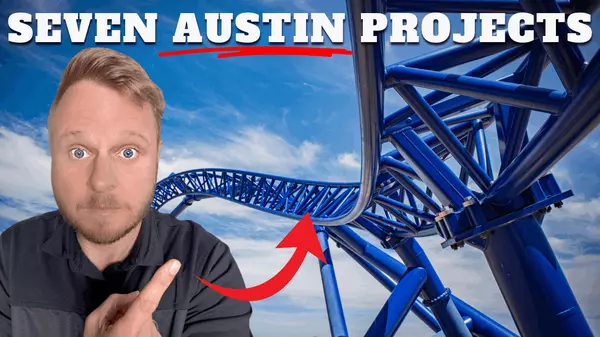
If you thought Austin couldn’t get any weirder, think again. From a thousand-room hotel in the middle of a racetrack to a surf park revival and a new Hollywood in Bastrop, the city is undergoing a transformation unlike anything we've seen before. These real estate developments promise jobs, innova
Read MoreAustin Home Prices Hit BOTTOM!
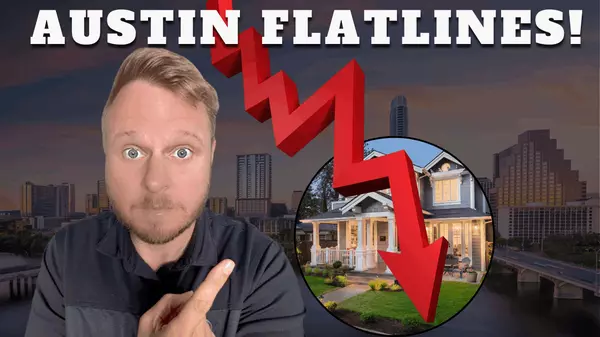
Is the Austin Housing Market Finally Coming Back? The Top 5 Fastest Growing Areas in 2025 The Austin housing market has been through its ups and downs in the past year. As we move further into 2025, many homebuyers and investors are wondering: Is the Austin market finally on the rebound? And if
Read MoreExploring Parton Ranch: New Construction, Price Reductions, and What You Need to Know
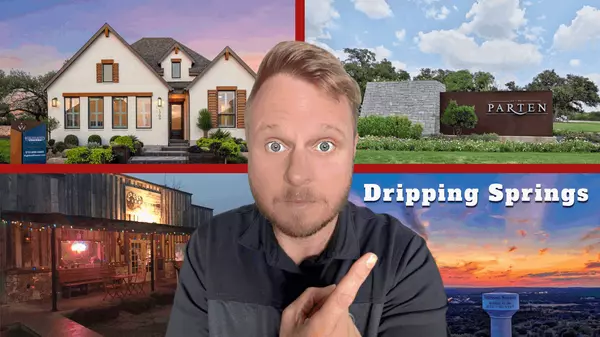
Are you considering buying a new construction home in Austin? Parton Ranch is one of the most talked-about neighborhoods right now, with new developments and homes being built by two well-known builders, Perry Homes and Highland Homes. As construction continues in this rapidly expanding community,
Read MoreBiggest Mistakes Homes Buyers Are Making In 2025

In today’s Austin housing market, buyers and sellers are making some critical mistakes that could cost them in the long run. Here’s a breakdown of the biggest mistakes buyers and sellers are making right now: Biggest Mistakes Buyers Are Making in the Austin Market Not Shopping for an Outside Len
Read MoreBuyers Coming Back To The Housing Market…
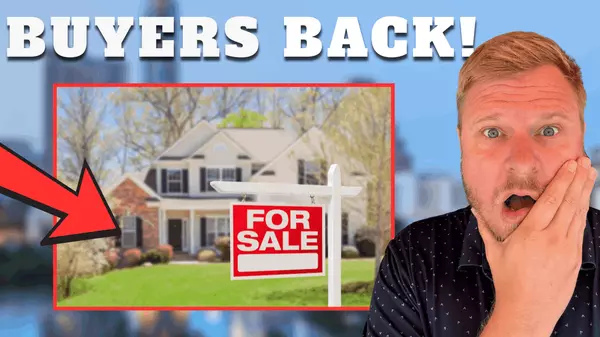
It seems like everyone is asking, “Is the Austin housing market finally crashing?” The truth? We’re seeing shifts that suggest more of a reset than a full-on crash. Here’s the breakdown of what’s really going on. Home Buyers Are Back, but There Are Shifts in Inventory After a long period of sky-
Read MoreIs the Austin Housing Market Crashing?
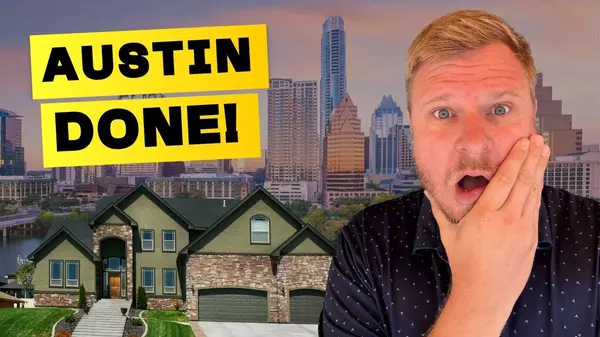
The question that’s been on many people's minds: Is the Austin housing market finally crashing or has it already crashed? Today, I’m diving into the most recent numbers for May and breaking down what’s really happening in the Austin housing market. With all the talk about rising inventory, dropp
Read MoreEverything NEW and Coming SOON To Austin 2025/2026
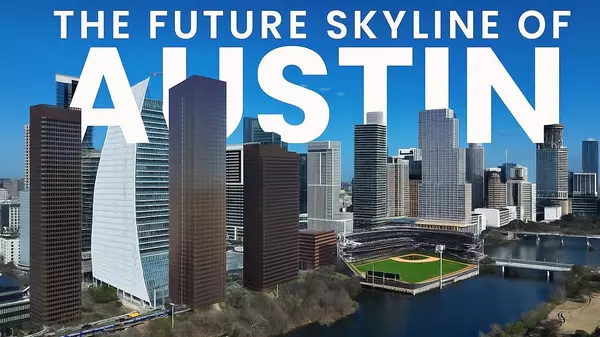
Austin, Texas, is experiencing significant changes, and some of these shifts are making the city denser and more populated. With so much growth happening around us, the question is: Does this make Austin better, or is it turning the city into something it wasn’t meant to be? Today, let’s dive deep
Read MoreStunning Luxury Home for Sale Near Lake Austin: Your Dream Home Awaits
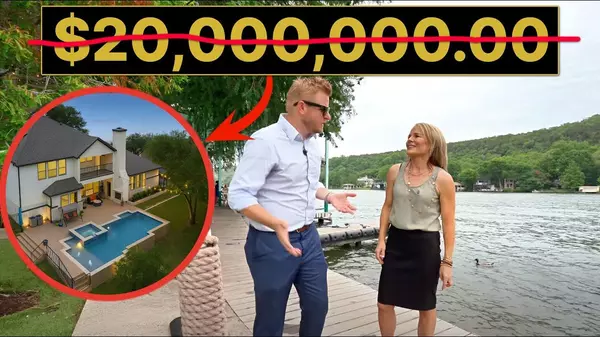
If you’ve ever dreamed of living near the serene beauty of Lake Austin, you’re not alone. The allure of lakeside living is undeniable, and today we’re giving you an exclusive look at one of our newest listings in the area that will definitely turn heads. 2625 Area is an exquisite, 5,000-square-foo
Read More
Categories
Recent Posts










